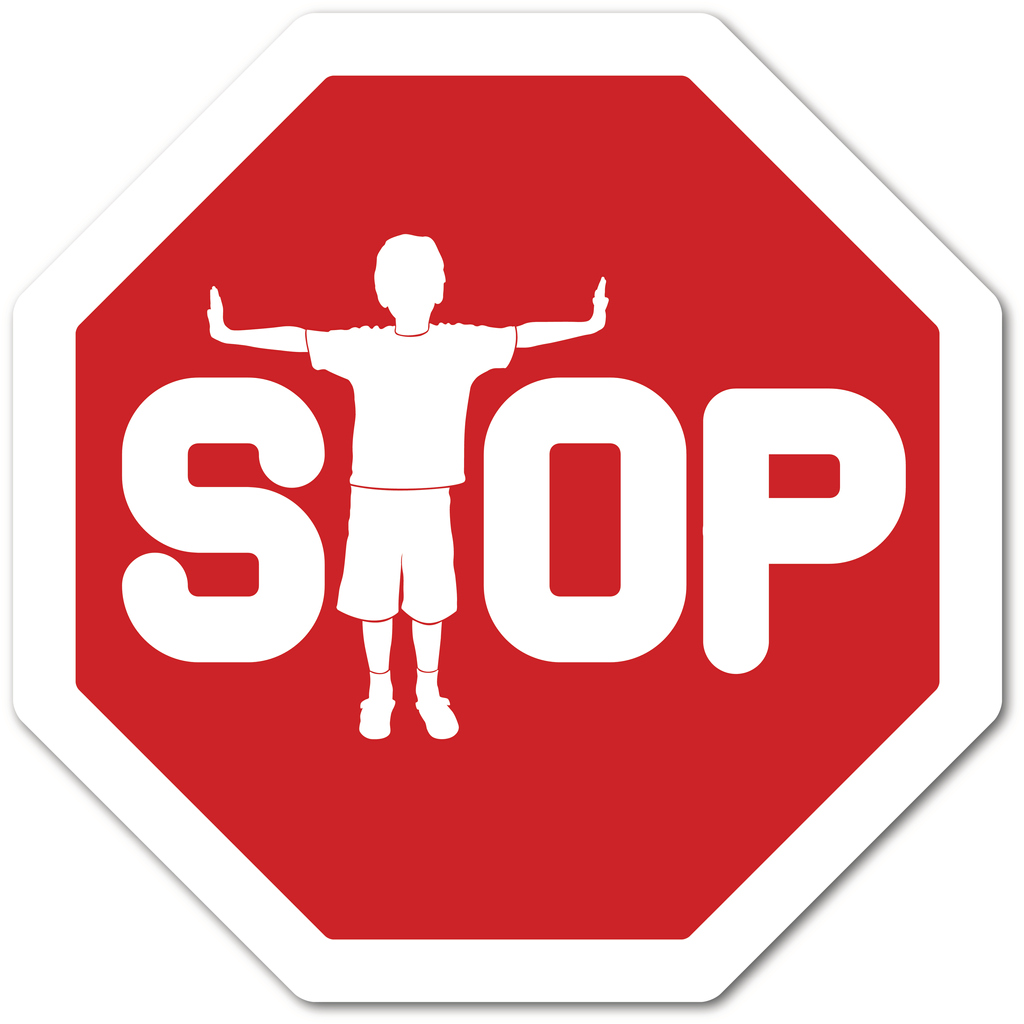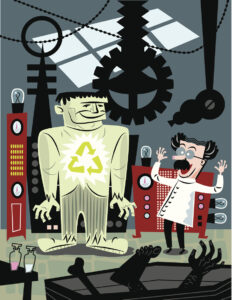For the first time in recent memory, the state of America’s public-education system has emerged as a disruptive issue in a national election year. Whereas Democrats have traditionally been more trusted to handle K-12 schooling, a July Impact Research survey of likely voters across 62 hotly contested congressional districts found that respondents now believed, 47 to 44 percent, that Republicans could better manage local education. The numbers were even worse for Democrats among parents, who favored the GOP by nine points.
The reasons for this shift are well known: the widespread teaching of Critical Race Theory and related concepts of sex and gender identity, the learning loss that resulted from protracted school shutdowns during the pandemic, and school boards’ resistance to parental “interference.” But as American voters come to terms with the academic downside of government-run schools, it is worth noting that the negative impact of these taxpayer-funded institutions extends far beyond education.
One obvious downside is that these institutions provide politically powerful teachers unions a subsidy via membership dues, bankrolling unions whose priorities are often at odds with those of most taxpayers. As the Harvard Political Review has documented, the National Education Association (NEA) and American Federation of Teachers (AFT) are major financial contributors to progressive groups, despite the limited support for progressive-left politics among the general population. In recent years, union locals have sponsored efforts to defund the police, force states to pay reparations to blacks for the enslavement of distant ancestors, and defeat the election efforts of moderate Democrats, such as Chicago Mayor Rahm Emmanuel and California gubernatorial candidate Antonia Villaraigosa.
Teachers unions also have played a role in sparking the current outburst of inflation, which economists left and right acknowledge was exacerbated by the March 2021 passage of President Biden’s American Rescue Plan. Although the bill was often advertised as a means of reimbursing local governments for $350 billion lost as a result of the coronavirus pandemic, we now know that states closed out calendar year 2020 with only $1.7 billion less revenue than they generated in 2019, a decline of less than 0.2 percent. What the teachers unions who lobbied heavily for Biden’s plan really wanted was a way to erase the deficits many blue states and cities had incurred over years of enacting unaffordable benefit packages and work rules for public-school employees.
Another consequence of the public-school monopoly is the extent to which it degrades the quality of residential and commercial real estate. In recent studies comparing towns that have an affordable alternative to the local district—a low-cost private academy or experimental choice program, for example—with those that do not, North Carolina University professor Bartley Danielsen has shown that the latter pay significantly lower property values. The long-term result, Danielsen found, is a slow but steady economic decline marked by decreasing average family incomes and rising rates of poverty and crime.
William Mattox, director of the Marshall Center for Educational Options at Florida’s James Madison Institute, argued that public-school monopolies play such a pivotal role in keeping down America’s depressed communities that promoting some kind of academic competition is the only way to revive them. “Middle-income households do not invest in areas that have had a hard time attracting or retaining upwardly-mobile families,” he explained, “unless education opportunities are no longer tied to school zoning considerations.” In other words, when people know that they do not have to sacrifice the quality of their children’s education to move into or help develop a low-cost area, the risk becomes a lot easier to take.
Perhaps the best example of Mattox’s point involves the University of Pennsylvania, which for years had been trying to keep parents with young children from abandoning a decaying Philadelphia neighborhood near campus. Nothing Penn tried seemed to work until administrators finally hit on the idea of subsidizing an alternative to the local public elementary school. Almost overnight, the community stabilized and began to rebuild as parents discovered they did not have to move to a more expensive area to provide their kids with a good education.
A third social dysfunction tied to the monopoly of public schools is the corruption of local-government finance. This has long been the case in big cities, where it is not unusual to read that some school administrator has been caught taking a bribe to make a hiring or purchasing decision, but a much subtler kind of racketing infects almost every public-school district in America. Knowing that the cost of public education is borne by all taxpayers and not just families with school-age children, parents tend to elect school-board members, PTA officers, and other town officials who will establish costly non-academic activities that disproportionately benefit themselves.
According to retired school superintendent Armand Fusco, author of School Corruption, these perks typically include free daycare, eclectic sports programs, holiday “socials,” inexpensive summer camps run out of public-school buildings, and a variety of student privileges, such as pottery and ballet lessons, cafeteria pasta bars, and media centers with state-of-the-art video equipment. In more affluent communities, high schools can have as many electives as a small college, with for-credit courses in jewelry making, computer animation, and the history of television.
Teachers and administrators pretend such extracurricular benefits are “educationally necessary” on the tacit assumption that local officials will be willing to ratify overly generous pay and pension packages and take a lax attitude toward other parts of the school budget. This last concession has been documented by Heritage Foundation education fellow Jonathan Butcher as being responsible for widespread school fraud, from the pilfering field-trip money to payroll padding to massive kickbacks for expensive school services such as insurance, heating oil, and infrastructure repair.
Even if we put aside the damage today’s public schools inflict on politics, economics, real estate, and local governance, and return our focus to their failure to provide an adequate K-12th grade education, the social implications of this alone are often underappreciated. In 2008, Dr. Vicki Murray wrote a paper for the Pacific Research Institute on “The High Price of Failure in California,” in which she quantified the long-term impact of funding monopoly school districts, rather than subsidizing each family’s preferred placement—what today is called “school choice.” Starting with the cost to the state’s colleges and universities of providing remedial classes to insufficiently prepared high-school graduates, Murray went on to calculate the price California would ultimately have to pay for each year’s educationally deficient cohort.
She estimated that the less-skilled workforce resulting from these policies would result in a $90 million to $487 million reduction in state income-tax receipts. Lower salaries would drop state sales-tax receipts between $55 million and $298 million. Higher state medical costs for those unable to afford insurance, she claimed, would cost the state between $773 million and $4.1 billion, and the costs stemming from crime would exceed $1.1 billion. Murray knew from the outset that any predictions she made were only estimates, but actual developments in the years since have turned out to be worse than her gloomiest forecasts.
If one good thing has come of Covid lockdowns, during which internet broadcasts of students’ classes were visible to the whole world, it is that Americans have finally been forced to confront just how poorly public-school monopolies really educate, even in many of the so-called “better” towns. “Covid changed everything in K-12 education,” as Arizona Governor Doug Ducey put it. “Parents were able to see what their children were being taught via Zoom videos. They were also able to see the lack of rigor and expectation in these classrooms.”
What remains to be appreciated is the extent to which these same monopolies have harmed the larger society: empowering unpopular far-left causes, aggravating inflation, preventing community improvement, corrupting local government, and diminishing the overall quality of life. Our federal government employs thousands of people to break up monopolies in any number of industries, yet the most destructive monopoly of all continues to operate with little interference.





